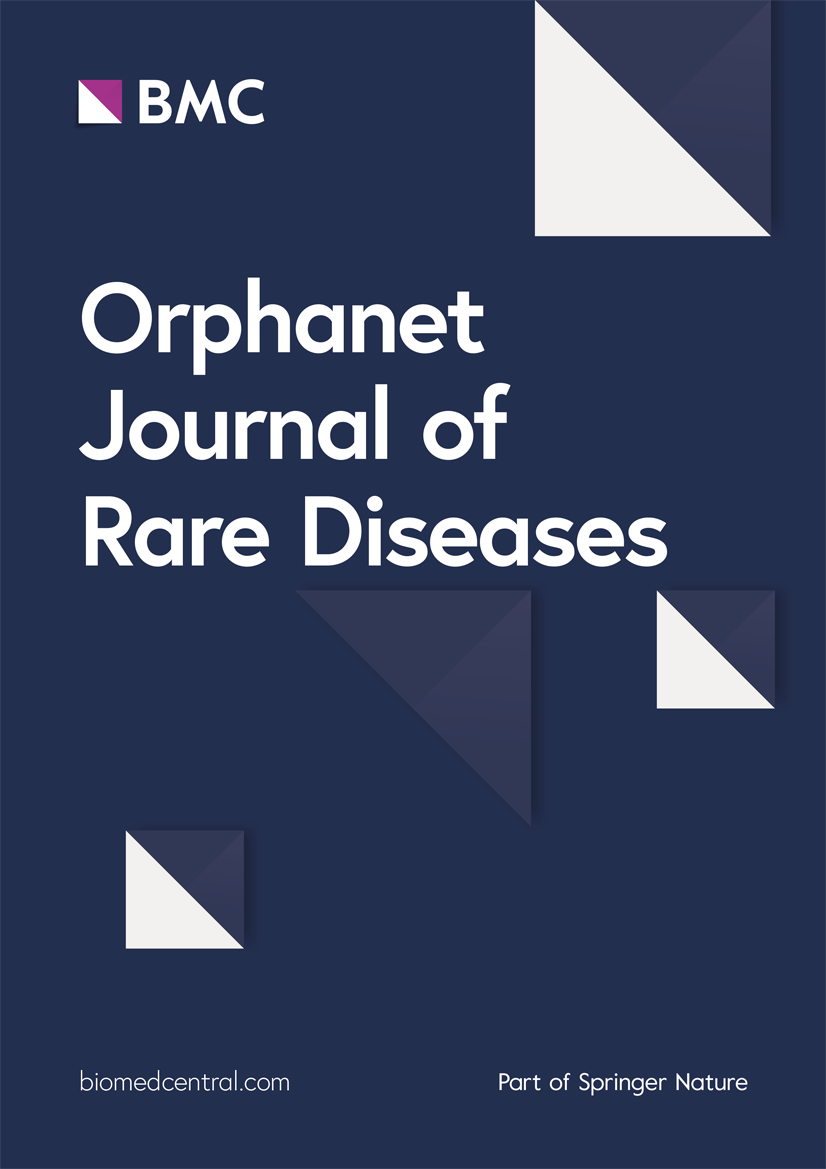The voice of patients and families in clinical research: towards more inclusive research for rare diseases
Published in Healthcare & Nursing, Research Data, and Biomedical Research

Clinical research represents a cornerstone of medical knowledge and advancement, driving progress in patient care and developing innovative therapies. This role is particularly critical in the context of rare and ultra-rare diseases, which collectively affect approximately 300 million individuals globally and represent significant healthcare challenges. Rare Disease Day, commemorated annually on February 29, is a vital opportunity to raise awareness and promote research initiatives in this essential area.
Traditionally, clinical trials have been predominantly guided by clinical and scientific considerations, often relegating patients to the role of passive subjects. However, we are witnessing a fundamental paradigm shift in which the essential contributions of patients and their families as active participants in the research process are gaining increasing recognition. By integrating their lived experiences and unique perspectives, clinical research can become more relevant, inclusive, and effective, ultimately ensuring that it better addresses the real-world needs of those affected by rare diseases.
Beyond the traditional role: patients as co-investigators
The involvement of patients in clinical research is gaining traction as a way to transform study design. Their participation can be represented in multiple ways, from defining research priorities to co-developing study protocols. This collaborative approach not only enhances the quality and relevance of clinical trials but also improves patient recruitment, retention, and the overall success of therapeutic development. Continuous engagement throughout the research process is crucial for refining methodologies, strengthening safety protocols, and ensuring the effective translation of study outcomes into tangible improvements in patient care.
Key benefits of patient involvement
The integration of patients into the research continuum fundamentally transforms the way studies are designed, executed, and applied within real-world contexts. The principal benefits of active patient participation include:
- More realistic and inclusive study designs: patient involvement aids in refining both inclusion and exclusion criteria, promoting trials that are more representative of the affected populations.
- Higher recruitment and retention rates: patient-centered studies are more likely to attract and retain participants, yielding robust and reliable datasets.
- Enhanced communication and transparency: patient contributions lead to the creation of clearer and more accessible informational resources, thereby improving participant comprehension of trial procedures, associated risks, and anticipated benefits.
- More relevant and meaningful outcomes: when patients play a role in defining study objectives, research efforts prioritize outcomes that directly influence quality of life, enhancing the applicability of results.
- Greater efficiency and resource optimization: patient organizations offer invaluable resources, including specialized knowledge and community networks.
The pillars of effective patient engagement
To maximize the impact of patient involvement, engagement must be structured around five key dimensions [1]:
- Expertise: patient organizations offer valuable knowledge about their communities' specific needs. Researchers should leverage this expertise to align study objectives with real-world patient concerns.
- Active participation: involving patients at every stage fosters trust, strengthens collaboration, and encourages long-term engagement.
- Resource optimization: patients contribute with their specialized knowledge, networks, and lived experience, enhancing the efficiency of research efforts.
- Collaboration: establishing strong partnerships between patients, researchers, and other stakeholders fosters a coordinated effort toward shared research goals.
- Co-governance: recognizing patient organizations as equal partners ensures that patient perspectives are integrated from study design to the dissemination of results.
By embedding these principles into clinical research, the scientific community can promote a more inclusive, efficient, and patient-centered approach to developing new treatments.
Success stories in patient-investigator collaboration
A growing body of research highlights the impact of patient and public involvement and engagement (PPIE) in shaping more effective clinical studies. A notable example is the ‘Therapies for Long COVID in Non-Hospitalized Individuals’ (TLC) Study [2], where researchers engaged patient partners in group discussions and interviews to evaluate the role of collaboration. This approach identified best practices, highlighted areas for improvement, and led to the development of structured checklists to optimize PPIE in future research.
Similarly, in Duchenne muscular dystrophy and rare metabolic diseases, patient organizations have played a pivotal role in:
- Co-developing study protocols
- Refining clinical trial endpoints
- Facilitating real-world data collection
These efforts have accelerated basic research projects, such as biomarker identification, shortened the time required to translate research into clinical applications, and improved the overall effectiveness of new treatments. These examples demonstrate how structured patient engagement improves trial design and ensures research relevance.
Challenges and opportunities
Despite significant progress, challenges persist. Many patients face barriers to participation, such as:
- Limited understanding of research terminology and procedures
- Lack of access to training and education on clinical trial involvement
- Inequitable power dynamics between researchers and patient organizations
To address these issues, education and training programs are essential to help patients navigate the research process and contribute meaningfully. Additionally, researchers must adopt a more inclusive mindset, fostering spaces for dialogue, active listening, and co-creation with patient communities.
Towards a more inclusive future
Patient participation in clinical research is not just a transient trend; it is an essential element for the advancement of treatments for rare diseases. The insights and experiences of patients and their families must be recognized, valued, and integrated throughout all phases of the research process, from the formulation of study objectives to the evaluation of outcomes.
As Rare Disease Day 2025 approaches, it is imperative to reaffirm our commitment to promoting inclusive, ethical, and patient-centered research methodologies. Effective collaboration among all stakeholders (patients, researchers, and clinicians) is crucial for the development of transformative solutions that address the complex needs of individuals living with rare diseases.
Key Takeaway: Patients and families are essential partners in shaping the future of medicine.
Follow the Topic
-
Orphanet Journal of Rare Diseases

An open access, peer-reviewed journal that encompasses all aspects of rare diseases and orphan drugs and publishes high-quality reviews on specific rare diseases.
Your space to connect: The Primary immunodeficiency disorders Hub
A new Communities’ space to connect, collaborate, and explore research on Clinical Medicine, Immunology, and Diseases!
Continue reading announcementRelated Collections
With Collections, you can get published faster and increase your visibility.
Current Updates in Adult Inherited Metabolic Disorders
This Collection delves into the latest advancements and challenges in the field of adult inherited metabolic disorders (IMD). The Collection will bring together articles that explore various aspects of IMD, providing valuable insights for clinicians, researchers, and healthcare professionals.
Topics included (but not limited to):
1. Neurological disorders of adult onset.
2. Whole exome and genome sequencing – opportunities and challenges.
3. Managing pregnancy in patients with IMD.
4. Hyperammonaemia management in adult urea cycle disorders.
5. Phenylketonuria – balance between metabolic and mental well-being.
6. Long term outcomes of enzyme replacement therapies- success and pitfalls.
7. Organ transplant – cost effectiveness versus expensive drugs?
8. Tyrosinemia type 1 long-term outcome - can we do better to improve neurocognitive outcome?
This Collection aims to provide a comprehensive update on the current state of adult inherited metabolic disorders, fostering a deeper understanding and encouraging further research in this evolving field.
All submissions in this collection undergo the journal’s standard peer review process. Similarly, all manuscripts authored by a Guest Editor(s) will be handled by the Editor-in-Chief. As an open access publication, this journal levies an article processing fee (details here). We recognize that many key stakeholders may not have access to such resources and are committed to supporting participation in this issue wherever resources are a barrier. For more information about what support may be available, please visit OA funding and support, or email OAfundingpolicy@springernature.com or the Editor-in-Chief.
Publishing Model: Open Access
Deadline: Jan 31, 2026





Please sign in or register for FREE
If you are a registered user on Research Communities by Springer Nature, please sign in